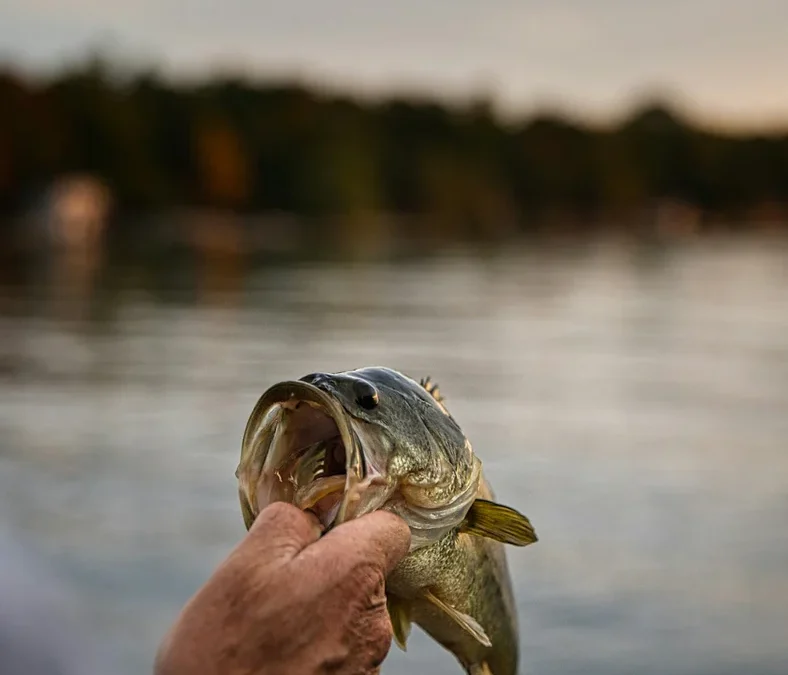Fishing for bass can be an exhilarating experience for any angler. Whether you are a seasoned pro or a newbie just starting out, knowing how to properly handle and release a bass is crucial for the health of the fish and for maintaining sustainable fishing practices.
The Importance of Proper Handling
When catching bass, it is essential to handle them with care to reduce stress and potential harm to the fish. Bass are delicate creatures, and mishandling can lead to injuries or even death. Properly handling them ensures that they can be safely released back into the water to thrive another day.
Use the Right Gear
Before catching a bass, make sure you have the right gear on hand. This includes a pair of needle-nose pliers, a hook remover, and a soft, non-abrasive landing net. These tools will help you safely handle the fish without causing harm to its delicate skin and scales.
Keep the Fish in the Water
When you catch a bass, try to keep it in the water as much as possible. Avoid letting it flop around on the boat or the shore, as this can cause unnecessary stress and potential harm. If you need to handle the fish, make sure your hands are wet to avoid removing its protective slime coat.
Do Not Squeeze
It can be tempting to grab a bass tightly to keep it secure, but this can be harmful to the fish. Avoid squeezing the bass, especially around the belly area, as it can cause internal injuries. Instead, support the fish gently under its belly and by the base of its tail.
Removing the Hook
When it comes to removing the hook from a bass, patience is key. Use your needle-nose pliers or hook remover to carefully extract the hook without causing further damage. If the hook is deeply embedded, consider cutting the line instead of trying to forcibly remove it.
Proper Release Technique
Before releasing the bass back into the water, make sure it is fully revived. Hold the fish gently in the water, allowing it to regain its strength. Once the bass is ready to swim off, release it gently, ensuring it has a smooth exit without any obstructions.
Barbless Hooks
Consider using barbless hooks when fishing for bass. Barbless hooks are easier to remove and cause less damage to the fish, reducing the stress and trauma associated with hook removal. This simple switch can make a big difference in the overall well-being of the bass.
Safe Handling Practices
Always practice safe handling techniques when dealing with bass. Avoid unnecessary handling or rough treatment that can lead to injuries. By respecting the fish and handling it with care, you contribute to the conservation of bass populations for future generations of anglers to enjoy.
Educate Fellow Anglers
Spread the word about proper bass handling techniques to fellow anglers. By educating others on the importance of gentle handling and responsible release practices, you help create a community of conscientious anglers who prioritize the well-being of the fish they catch.
Respect the Environment
Remember that bass play a vital role in the ecosystem of lakes and rivers. By handling them properly and releasing them safely, you contribute to the overall health of the aquatic environment. Treat each bass you catch with respect and care to ensure a sustainable fishing experience for years to come.
Share Your Success Stories
Have a story about successfully handling and releasing a bass? Share it with us! We love hearing about your fishing adventures and the techniques you use to protect the fish you catch. Your experience may inspire other anglers to adopt responsible handling practices as well.
Join the Movement
Join us in promoting responsible bass handling and release practices. Let’s work together to preserve bass populations and ensure a bright future for recreational fishing. Together, we can make a positive impact on the environment and create a community of anglers committed to sustainable fishing practices.
